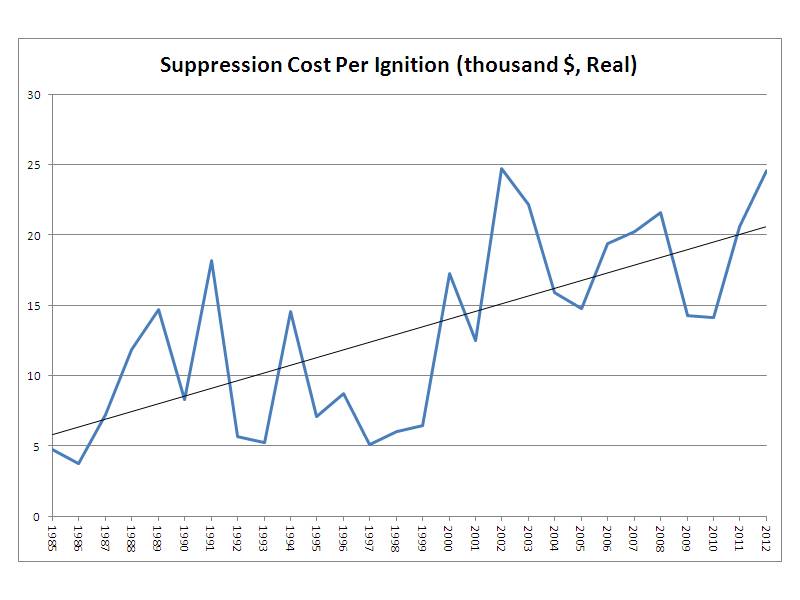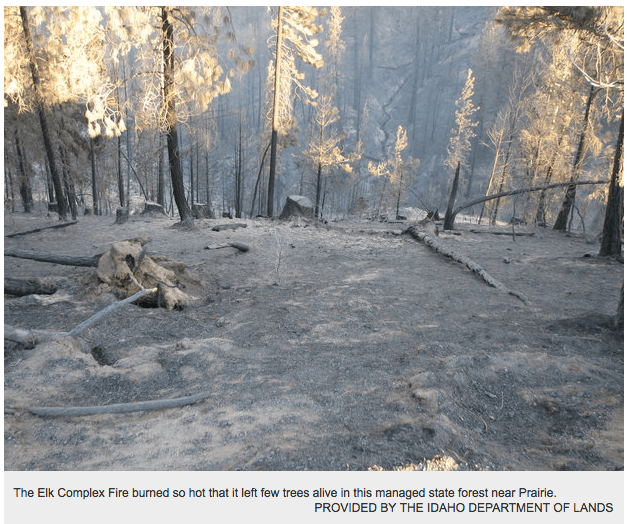
WE HAVE MOVED THIS DISCUSSION TO A NEW BLOG
HERE
To be honest, I’ve never been in a book club before. So this is an adventure. I thought we should start by introducing ourselves and telling our stories or, at least, some stories. One of the great things about Dan’s book is the stories he tells, and what a great story-teller he is. When you tell stories, say Dan’s triggers yours and yours triggers someone else’s and so on. This is a different kind of thing, and much more right-brained, than what we usually do on the blog. Not that we won’t challenge Dan’s knowledge claims, nor each other’s, through this process. But today let’s take a break from all that and listen to each other’s stories.
Why are stories important? This came across my email a while back from Ronna Detrick, who, I think, said it beautifully.
We live in a world of stories. Childhood fairytales shape our dreams and hopes. Family legends, imparted over kitchen table conversation, at reunions, and during road-trips, build our memory and craft our beliefs. Historical narratives inform our understanding of culture, politics, our larger world. Film, music, literature, and poetry mysteriously and continuously speak to our deepest heart – communicating truths we implicitly know and others we long to grasp.
Stories serve the way in which we are able to make sense of our world, our relationships, our behaviors, everything. They are how we speak of our circumstances, our deepest emotions, and our biggest questions; how we create and apply meaning. And they connect us to one another, bridging differences in language and perspective, time and place, past and future.
Most of us acknowledge that it’s less about a particular story and more about story, itself. It is the device, the vehicle, the means through which we express, listen, and even participate in our own life and others’. We admit (and even enjoy) that most stories, when told over and over again, not only shift and morph over time, but take on a life of their own.
“The fish gets a little bigger, the storm gets a little wilder, the love gets a little stronger, our bravery or disappointment gets a little exaggerated in the telling over time. There is creative tension in story. When we hear it, when we read it, when we speak it, when we write it, we filter words through our own experiences and our need for meaning. We shape the tale to reinforce our understanding of how life is. ~ “Christina Baldwin
This is what we love about them. This is why we tell them. This is why we live our lives within them. This is the power of story.
So, in the form of introduction, please say something about yourself and tell us one story about your relationship to the ideas of the balance of nature or systems ecology, and how they developed.
I’ll do a brief example:
I am a forester and plant geneticist/evolutionary biologist; I worked for the Forest Service for 32 years; I am running for Vice President of the Society of American Foresters; and I am a part-time theology student at Iliff.
When I was a freshman at Yale, I took two courses that were key to my future in forestry, and to my understanding of Nature. One was with Alison Richard, called “Primate Population Adaptations”. Another was “Man and the Environment” (no, I am not kidding; this was 1973 and we were one of the first classes after coeducation at Yale College). As I recall, Dr. Richard was the first, last and only female professor I had for the rest of my college career, which ended with a Ph.D. in Genetics in 1982. This experience (and reading gender studies of science) helped me understand the difference between the aspirations of “objective science” and the down and dirty reality of how it’s produced.
If your first framing of empirical, observational science is adaptation and evolution, as in the Primate class, the idea of a steady state is .. well..very odd. Evolution is change. Equilibrium is “not change” or change such that the results are still somehow “contained” in some abstract sense.
Probably the most important class I took in my college career was the next year at UCLA (I had run out of money so had to stay home and work full-time). It was called “History of American Science” and introduced me to the historical conceptions of science.. Like “applied science” was looked down upon because the upper classes focused on “basic” and could afford to study things without direct outcomes. Or the very real, continuing idea of Physics Envy. Having this class early, before most of my scientific training, helped me understand why different disciplines had more power and funding than others. I was able to watch funding for “science fads” flow and ebb across the forest science community and look at how the community and its different populations (disciplines) competed and evolved.
It is odd to me that history and philosophy of science are not required classes for trainee scientists. Also, remember that in those days “environmental science” was not separate. There was just “science,” and you applied it to whatever issue you had.
Much later one of my colleagues said to me “you’re not a conservation geneticist, you’re an exploitation geneticist!” because she disagreed with my ideas of What Should Be Done. But the key historical fact I’m trying to focus on here was that in the 70’s, there was just plain old genetics, silviculture, physiology, entomology, pathology, ecology, wildlife biology, range ecology, hydrology, fish biology, etc. At least that’s my memory.
Tell us a little about yourself, and what’s your story?




